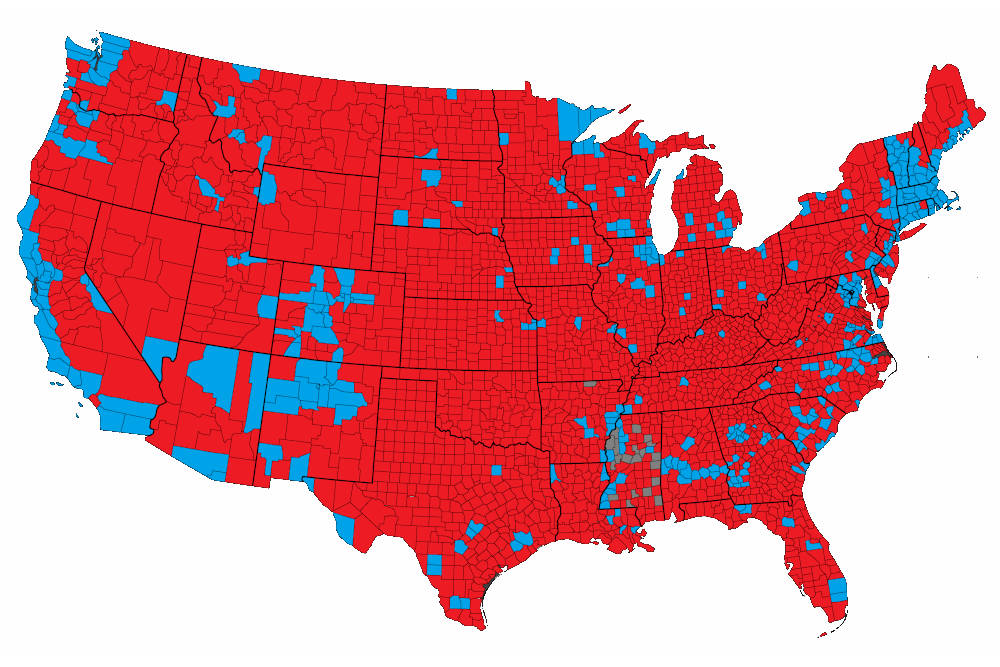
Here’s a breakdown of what’s happening with Amazon.com, Inc. (ticker: AMZN) and what it could mean for the stock price — with summary, implications, and caveats.
Panaprium is independent and reader supported. If you buy something through our link, we may earn a commission. If you can, please support us on a monthly basis. It takes less than a minute to set up, and you will be making a big impact every single month. Thank you!
📌 What’s happening
-
Amazon is cutting approximately 14,000 corporate jobs, with initial reporting that it could be as high as 30,000 (about 10% of its ~350,000 corporate employees). (Reuters)
-
The company frames this as part of a broader cost‐cutting and efficiency push, using AI automation, reducing management layers, lowering bureaucracy. (Business Insider)
-
Amazon still expects to hire in “key strategic areas” even while making these cuts. (The Verge)
-
Stock snapshot:
Stock market information for Amazon.com Inc. (AMZN)
- Amazon.com Inc. is a equity in the USA market.
- The price is 226.97 USD currently with a change of 2.78 USD (0.01%) from the previous close.
- The latest trade time is Tuesday, October 28, 13:31:25 +0100.
– AMZN is trading around US $226.97.
🔍 What it might mean for the stock price
Here are potential effects — both positive and negative.
✅ Potential positive effects
-
Cost savings → improved margins: Job cuts reduce payroll and other overhead, which can boost profitability if revenue remains steady. That tends to be favorable for the stock.
-
Sign of management discipline: Investors often like to see companies cut costs when growth slows, as it shows responsiveness. Could increase confidence.
-
Reallocation to growth areas: If Amazon is shedding old jobs and investing in the future (e.g., AI, cloud), then the market may view this as a strategic pivot, not just cost‐cutting.
⚠️ Potential negative effects
-
Revenue risk: If cuts impact innovation, execution or customer experience, then there is a risk revenue could drop, which would hurt the stock.
-
Sentiment / morale issues: Large layoffs can hurt employee morale, lead to reputational issues, or disruption — all of which can create uncertainty for investors.
-
Signal of weaker growth: Sometimes job cuts are seen as a sign the company expects slower growth ahead. That could spook investors.
-
One‐time costs: Severance, restructuring costs may hit short‐term earnings, even if long‐term benefits are expected.
🎯 My view: What to expect
Given the above, here’s how I think this will play out, keeping your preference for clarity in mind:
-
In the short term, I expect the stock to react positively or neutrally. The market may view the cuts as a smart move to protect margins. The news is already out, so surprise risk is lower.
-
In the medium term (6–12 months), the stock’s performance will hinge on whether Amazon delivers revenue growth and cost savings as promised. If growth stalls or costs drag, it could be negative.
-
In the long term, the key is whether Amazon uses the savings to invest in high‐growth areas (like cloud, AI, international). If yes → potential upside. If it just trims and stagnates → risk.
🧮 Key variables to watch
To judge how this will affect the stock going forward, keep an eye on:
-
Next earnings report: margin improvement? revenue growth?
-
Guidance: is management confident? do they expect growth or caution?
-
Execution in cloud/AI: are investments paying off?
-
Market reaction: how are analysts responding to the job cuts?
-
Any signs of disruption: e.g., consumer satisfaction, supply chain, labor issues.
🎯 Bottom line
The job cuts at Amazon could be a positive signal for the stock if they lead to leaner operations and better profitability while growth continues. But they also carry risk: if growth drops or execution falters, the market could punish the stock.
In short: watch execution closely.
Here’s a summary of recent analyst commentary and what it could mean for AMZN (Amazon) stock — broken into what analysts are saying, key risks, and what to watch.
✅ What analysts are saying
-
Some analysts see the announced corporate job cuts (≈ 14,000 roles so far, potentially up to ~30,000) as a signal of cost-discipline and a shift toward efficiency across Amazon’s operations. For example, one article noted the stock rose after the announcement. (Reuters)
-
The cuts are often framed in the context of Amazon’s push into AI, automation and needing a leaner structure to compete. (GeekWire)
-
On the other hand, some firms are cautious: for example, one report noted that Oppenheimer & Co. cut its target price for Amazon, citing concerns around e-commerce margins and slower growth. (Investopedia)
-
According to Yahoo Finance analyst estimates, Amazon’s future earnings and revenue are being watched closely (though I did not find many detailed sell-side upgrades specific to the job cuts). (Yahoo Finance)
⚠️ Key risks the analysts highlight
-
Slowing growth: Analysts worry that while cost cuts help margin, they don’t substitute for growth. If Amazon’s core businesses (like retail or cloud) slow, margin gains may not offset it.
-
Margin pressure in retail & ad segments: E-commerce is under more pressure (competitive pricing, logistics costs). That drives caution around how much the cuts will help.
-
Execution risk: Cost-cutting & restructuring is one thing; getting new growth via AI/automation is another. Analysts point out that the benefit from job cuts only materialises if Amazon can deploy capital into high-return areas.
-
Timing & signaling: The fact that these job cuts are announced right before an earnings report has been flagged by some market watchers as possibly signalling weaker guidance or slower growth ahead. > “A 10 % workforce cut right before earnings… that is not a good sign.” — Reddit commentary (Reddit)
🎯 What to watch going forward
-
Next earnings report & guidance: Does Amazon show margin improvement? What is the growth in its key business units (particularly AWS)? Does management provide cautious or aggressive guidance?
-
Growth in AWS / Cloud / AI: Since much of the optimism rests on AI and cloud driving the future, strong growth here can validate the cost‐cuts story.
-
Retail business performance: If e-commerce continues to struggle, cutting costs can only do so much.
-
Competitive dynamics: How Amazon stacks up against peers in cloud and AI; if rivals grow faster, Amazon might be seen as losing steam.
-
Cost-cut vs reinvestment: Are the savings from job cuts reinvested into growth areas (good) or simply used to offset declining businesses (less good)?
-
Investor sentiment & target price movement: Watch if target prices or analyst ratings shift materially (either up or down) in the wake of the cuts and company’s next results.
🔍 My takeaway
Given all this:
-
The job cuts are reasonably positive, as they show Amazon is trying to become more efficient and align with future-oriented businesses (AI, cloud).
-
However, they are not a guarantee of stock upside. The real value lies in Amazon reaccelerating growth, particularly in high-margin segments.
-
If next earnings show strong cloud/AI growth + margin improvement → stock could be viewed favourably. If instead we see weak growth or cautious guidance → the market may punish.
-
Given the mix of optimism and caution among analysts, the stock’s performance likely hinges on execution, not just the buzz.
Was this article helpful to you? Please tell us what you liked or didn't like in the comments below.
Disclaimer: The above content is for informational and educational purposes only and does not constitute financial or investment advice. Always do your own research and consider consulting with a licensed financial advisor or accountant before making any financial decisions. Panaprium does not guarantee, vouch for or necessarily endorse any of the above content, nor is responsible for it in any manner whatsoever. Any opinions expressed here are based on personal experiences and should not be viewed as an endorsement or guarantee of specific outcomes. Investing and financial decisions carry risks, and you should be aware of these before proceeding.
About the Author: Alex Assoune
What We're Up Against
Multinational corporations overproducing cheap products in the poorest countries.
Huge factories with sweatshop-like conditions underpaying workers.
Media conglomerates promoting unethical, unsustainable products.
Bad actors encouraging overconsumption through oblivious behavior.
- - - -
Thankfully, we've got our supporters, including you.
Panaprium is funded by readers like you who want to join us in our mission to make the world entirely sustainable.
If you can, please support us on a monthly basis. It takes less than a minute to set up, and you will be making a big impact every single month. Thank you.
































0 comments